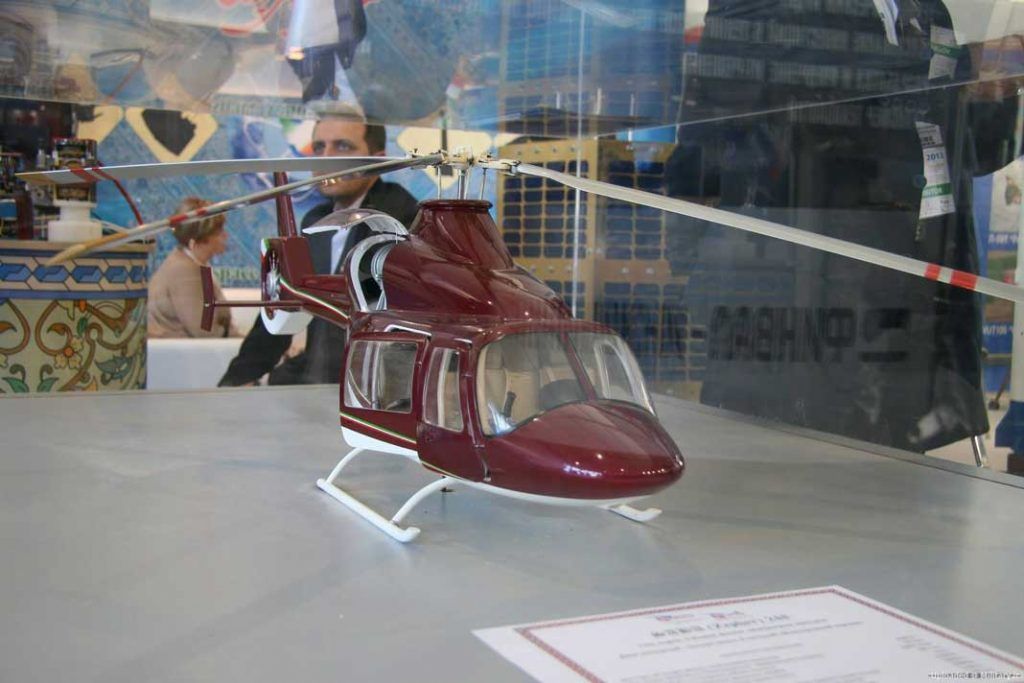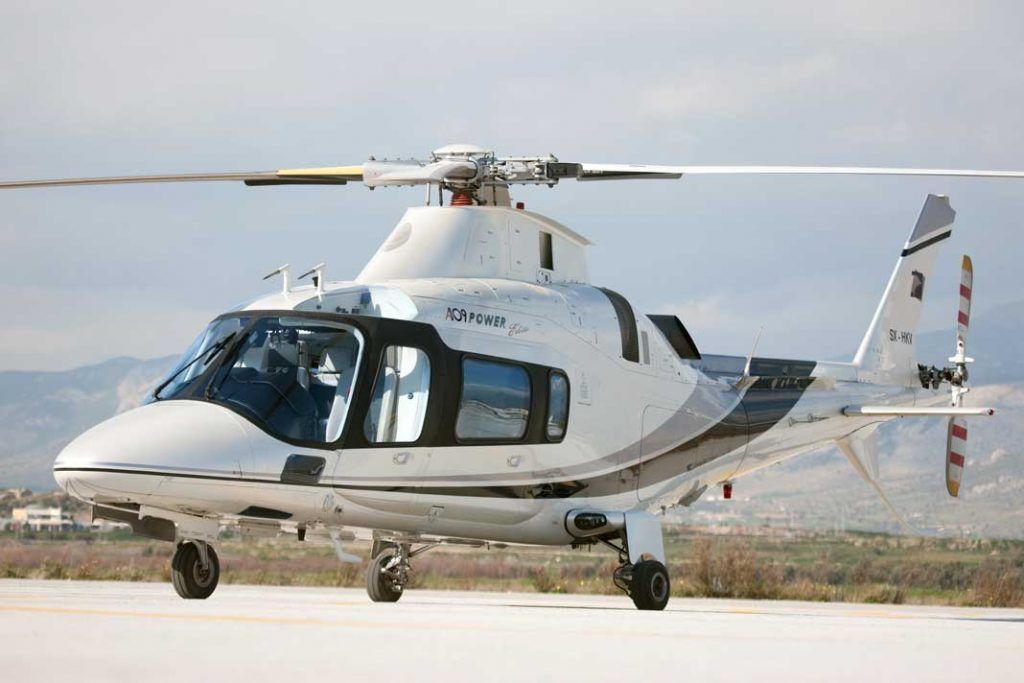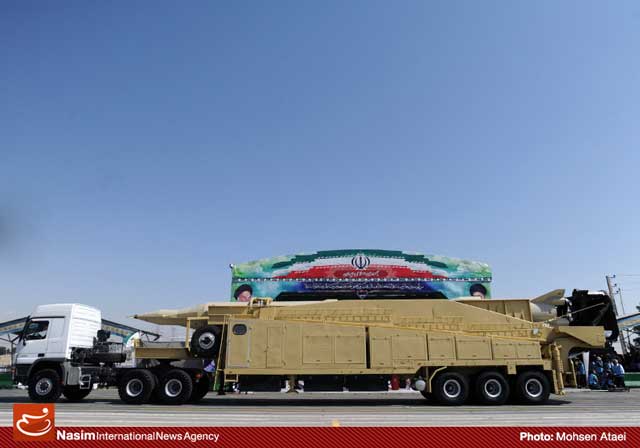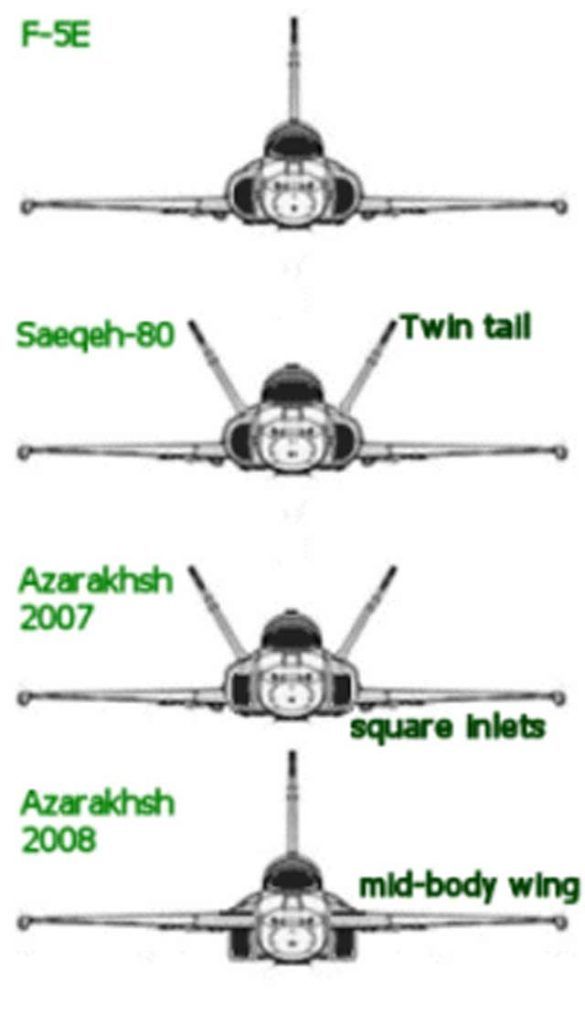January 22, 2017
By Babak Taghvaee
Independence and freedom have been the slogan and the stated goal of the Islamic Republic of Iran since the revolution of 1979. The Islamic regime claims to have achieved that objective in the post revolutionary era. In the past four decades, the Iranian governmental and military authorities have repeatedly said, “During the idolatrous era [Pahlavi era], we were not even able to unscrew an airplane’s bolt, now the Americans are gone and we are self-sufficient.” They claim that the domestic maintenance and overhaul of airplanes and helicopters, production of spare parts, and the domestic design and production of airplanes and helicopters are proof of achievements towards self-sufficiency in Iran’s defense and military industries. But there has always been a looming question: how accurate are such claims?
From Self-Sufficiency to Deception
Before the Islamic revolution of 1979, Iran’s military doctrine was based on self-sufficiency in order to meet the needs of the nation’s armed forces. It called for the production of all sorts of military gear, ordnance, weapons, and equipment. The IACI (Iranian Aircraft Industries), a maintenance, repair and overhaul center, and the IHSRC (Iranian Helicopter Support and Rehabilitation Company) were established at Mehrabad Airport in Tehran to perform periodic inspections, maintenance, and overhaul of airplanes and helicopters and their engines domestically. There were ambitious plans to establish overhaul lines for Boeing 747s and Grumman’s F-14 A Tomcats by 1981, but after the Islamic revolution, defense and military projects came to a grinding halt and the path to self-sufficiency was blocked. For example, construction work on IAMI (Iranian Aircraft Manufacturing Industries) that was planned to manufacture and assemble hundreds of General Dynamic’s F-16A/B fighters and Bell 214ST utility helicopters, not only for the Iranian armed forces, but also for sale to neighbouring countries, was stopped. It was completed after a 20 year delay.
After the revolution, supporters of Ayatollah Khomeini in the military, especially the religious and revolutionary Homafars (air force cadets), led by Ataollah Bazargan, tried to show-off their capability to restore the might of Iran’s air force under military sanctions during the Iran-Iraq war. They administered tens of industrial research projects for design and manufacture of aircraft spare parts, ammunition, bombs, and other aviation equipment. Most of those initiatives failed due to out-dated technology and lack of design knowledge. A few were successful on a small scale, such as project Sejil (Adaptation of MIM-23B Surface to Air Missile with the Grumman F-14A Tomcat fire control system).
In the aftermath of the Iran-Iraq war and the establishment of assistance through Self-Sufficiency Jihad (SSJ) & Industrial Research in all three branches of armed forces, including Iranian Air Force (IRIAF), defense projects were being concocted and designed for deception and propaganda purposes rather than meeting the true needs of the Air Force. Under the best circumstances, the result of the project would be one or two prototypes that could be showcased during Military Day parades, Revolution Victory Day parades, Holy Defense Week parades, and other occasions, and then put away in storage. Credit for a few successful projects should go to imported knowledge and technology from foreign countries such as South Africa (Denel Aircraft helped construction of Owj Industry Complex belonging to IRIAF), Pakistan (Pakistan Aeronautical Complex helped in IAMI’s Simorgh project for conversion of single seat F-5As to twin seat F-5Bs), and China (Assisted IRIAF to adopt C-801 and C-802 anti-ship missiles with the armament system of F-4E fighters during project Qaem, and upgrade of F-5E fighters during project Silk-Road 2).
Even the minimally successful projects have been flaunted as 100% domestic projects and as examples of achievement by the SSJ. The restored Iranian, or ex-Vietnamese F-5E fighter planes that had been battle damaged in Vietnam or Iran-Iraq war, were presented to the public as prototypes of a new fighter airplane named Azarakhsh. After equipping the F-5E Fighters with two vertical stabilizers, it was presented as design and manufacture of a new fighter airplane named Saeghe. At the time, the main purpose of this deception was PSYOPS (Psychological Operation) against Iran’s regional and ultra-regional enemies.
From Deception to Corruption
In 2006, a group of ex-IRGC (Islamic Revolutionary Guards Corps) commanders who had been selected to high ranking positions in Iran’s Ministry of Defense, IAIO (Iranian Aviation Industries Organization), and IDIO (Iranian Defense Industries Organization) met the Supreme Leader, Seyyed Ali Khamenei, and officially complained about shortages and restrictions in Iran’s defense industries due to lack of accountability in the armed forces’ SSJ projects. As a result of that meeting, Khamenei ordered the transfer of all research projects of the armed forces administered by SSJ to companies under the supervision of the Ministry of Defense, IAIO, and IDIO for mass production and completion of R&D processes.
After the transfer of those projects to defense industries, authorities took advantage of the defense budget more than before, particularly after huge increases to industrial research budgets and funds allocated to deal with security threats against Iranian armed forces. To account for and justify the budget increases, certain achievements had to be shown to governmental authorities. In one case, Hassan Parvaneh, head of the project, Saegheh, an IAMI Company, asked a computer technician to use Adobe photoshop software to move a wing of a recently restored F-5E aircraft to its back, to falsely claim it as the promised Azarakhsh fighter airplane. The picture was first published by Fars News Agency, affiliated with the IRGC. Work on the Iranian Air Force’s project Saegheh 80 continued, and two vertical stabilizers were installed on the American-built F-5E Tiger II s. However, after each completion of upgrade work on a single F-5, an announcement about the completion of the project and the start of mass production was made by IAMI. Only seven F-5E/Fs were ever converted to twin tail Saeghehs, but each time the Iranian defense authorities claimed that they had built tens of them.
Gradually, from the deception of Iranian people and enemies of the Islamic republic, Iranian defense authorities extended the deception to governmental authorities, all the while making money for what came to be referred to as Iran’s defense Mafia.
Iran’s Defense Industry Mafia
The official unveiling of supposedly new military hardware exposes fake defense projects for the purpose of usurping more defense and military budgets which gradually became a pattern for the defense mafia between 2006 and 2009. The peak of corruption was revealed during the second term of Mahmoud Ahmadinejad’s presidency. A circle of people close to him and the IRGC, all trusted by Seyyed Ali-Khamenei, reached key and top defense positions, including IRGC Brigadier Ahmad Vahidi who became the Minister of Defense. They were heads of Iran’s defense Mafia.
Taking advantage of tensions surrounding the controversial nuclear program and the West’s Iranophobia as the result of controversial ballistic missile tests by the IRGC that had triggered massive arm sales to Persian Gulf states while the Iranian armed forces needed new armament and weapons in response, the Iranian defense Mafia concocted several completely fake projects to absorb millions of defense budget dollars. 10%-30% of the budget was being spent for construction of a prototype of the project for exhibition and demonstration to the authorities in Iranian Defense Exhibitions every February, August and September.
One of the most famous fake project was the design and manufacture of fifth generation stealth Qaher-313 fighter airplane produced by IACI under the supervision of Hassan Parvaneh. Almost $2.5 million was spent on its R&D, while only $33,000 was allocated to manufacture a mock-up from wood, scrap metal, and scrap avionics systems of some propeller-driven training airplanes for its cockpit. It was greeted with derision and disbelief by international aerospace experts and analysts after its press presentation by President Mahmoud Ahmadinejad and Defense Minister Ahmad Vahidi on 2 February 2013, as part of the Ten-Day Dawn ceremonies.
Fake Helicopters
Despite efforts made after the presidential election of 2013 to restrict the activities and expansion of the Iran’s defense Mafia and the dismissal of Hassan Parvaneh (CEO of IACI), corruption did not stop in defense organizations and the mafia continued its activities. In September 2014 Mohammad-Ali Ahmad-Abadi (CEO of IHSRC), claimed that three types of helicopters including half-heavy Homa with the ability to carry 14 occupants, and Saba with the ability to carry eight occupants, were under design and development by IHSRC.


In 2014, a conceptual mock-up of Saba helicopter was displayed by IHSRC in domestic exhibitions. Three years later, when the first pictures of the helicopter emerged on the internet, it was different from the conceptual model but was similar to the Italian-built Agusta A109E helicopter.

It takes at least a decade to design, test, and manufacture a helicopter. In Iran, however, it took just eight months for the IHSRC to complete a new design and manufacture the first Saba helicopter prototype. Contrary to statements by the company’s CEO, Saba was not completely designed and built by the company. In fact, the IHSRC built Saba 248 using fuselage of an Agusta A109E that had crash landed. It belonged to Tara Helicopter Services company and had been retired after an accident in Bahregan oil field heliport in the Persian Gulf on October 3, 2015. The wreckage of the helicopter was procured by IHSRC for almost $100,000 and a newly designed tail boom and a composite fuselage were installed along with new windows and doors and exhibited after only eight months. The project’s supervisor has a reputation as a con artist with no knowledge of aviation and aerospace engineering: his expertise is IT and network security.
Even before that, in several cases the IHSRC had claimed to be the manufacturer and designer of several helicopters that were American built. The company claimed that it had designed and manufactured a light helicopter, which in fact was an American built RotorWay Exec 162F. According to the ICAO (Iranian Civil Aviation Organization) documents, it had been imported by an aviation enthusiast named Seyyed Javad Hashemi Tehrani in 2006 but had been confiscated by the IHSRC due to security concerns. After confiscation the craft, the IHSRC painted the helicopter and exhibited it in Kish Air Show 2010 as its product and thousands of dollars of the research budget was absorbed from a presidential organization.
In other cases, two IRGCASF (Islamic Revolutionary Guards Corps Air and Space Force) Schweizer 300C light helicopters which had been damaged in accidents were restored by the IHSRC and as means of absorbing research budget for their mass production, were displayed among IHSRC’s products in Kish Air Shows in 2010, 2012, 2014 and 2016. Rumours coming out of IAIO and IHSRC indicate plans for an official unveiling of Homa and Saba 248 as fully domestically designed and manufactured helicopters during a ceremony in Ten-Day Dawn ceremonies February 2-11, 2017.
While there might be interest for a fully domestic design and manufacture of helicopters in Iran, it is hard to achieve that goal due to many obstacles, including keeping up with technological advances and dealing with restrictions related to sanctions. Even the domestically manufactured Shahed 278 and 285 helicopters that are designed by Shahed Aerospace Industries of IRGCASF, and are manufactured by the IAMI have the same engine, blades, avionics, and control systems of the American-built Bell 206 Jet Ranger.
Despite the official rhetoric that calls for confrontation with corruption in Iran’s military and defense industries after the 2013 presidential election, Iran’s defense Mafia and corrupt defense authorities continue to take advantage of Iran’s defense budget.
*Babak Taghvae is Aviation Researcher, Journalist, Photographer and Author of three books about History of Iranian Air Force and Army Aviation. He started his career by writing articles about Iranian Air Force in 2006, and after a while he started cooperation with Iranian and British aviation magazines as Correspondent in 2008. He was correspondent and photographer of official magazine of Iranian Aviation Industries Organization of Iranian Armed Forces. He also was a private contractor and adviser of Iranian Air Force’s F-4E and Mirage F.1 Fighter airplanes upgrade projects in 2011 and 2012. During his activity as journalist and author he cooperated with other Iranian magazines such as “Saff” (Official magazine of Iranian Army’s Political and Ideological). He also was invited by Iranian Air Force to work as volunteer aviation Historian and Researcher and later was chosen as one of the Iranian Air Force’s History project supervisors.
Babak Taghvaee has written hundreds of articles about air wars in Middle East, North Africa and Ukraine and also about Iranian, Iraqi, Libyan, Russian, Ukrainian Air Forces and the war on terror in Middle East for British, French, Russian, Italian and Greek aviation magazines. He is now correspondent, and photographer of Combat Aircraft Monthly magazine and Special correspondent of Shephard Media.






